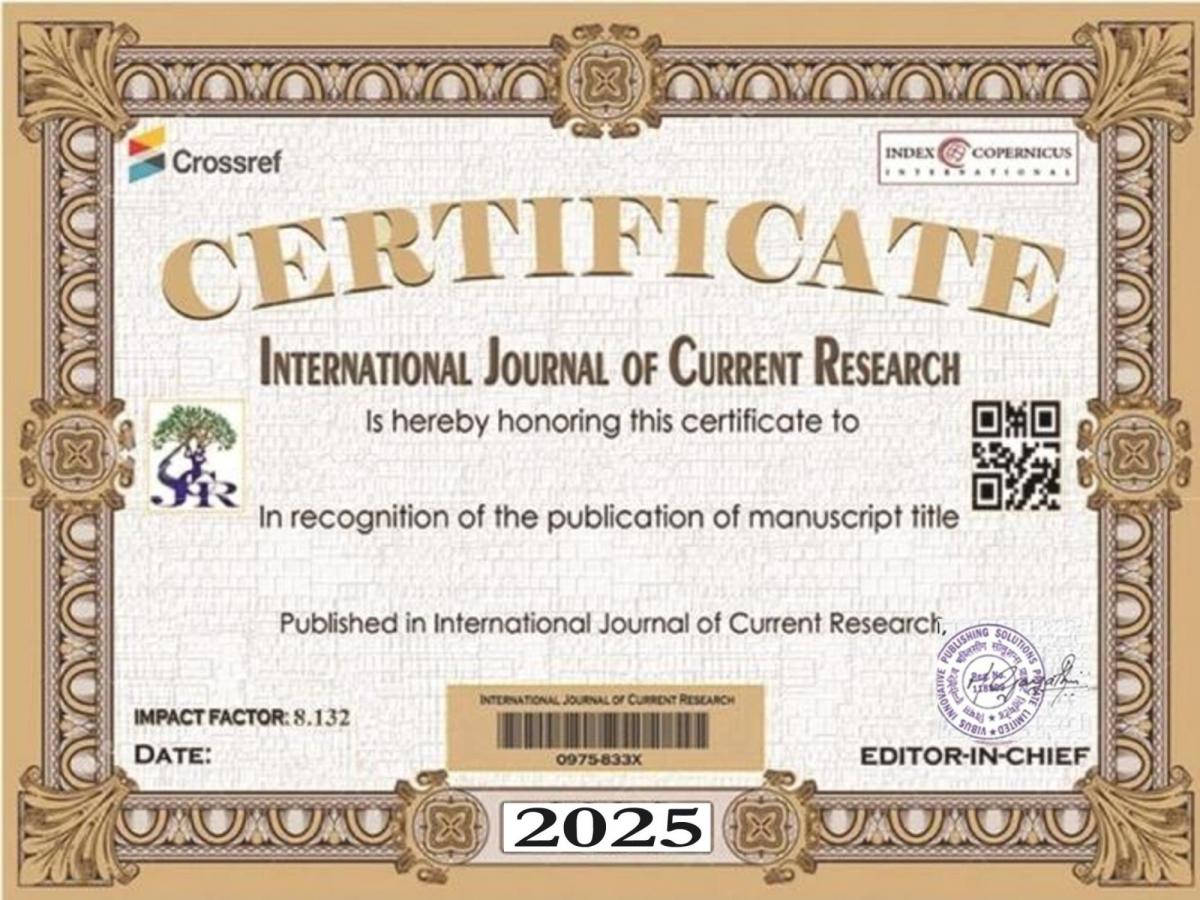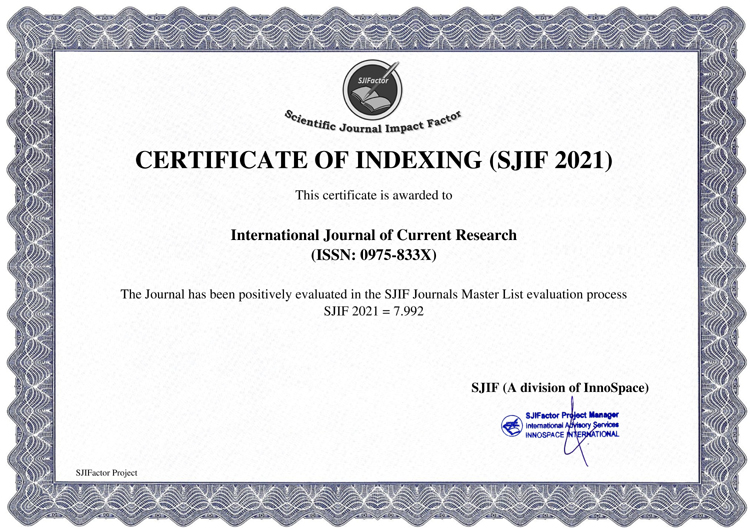La arvense Parthenium hysterophorus L., es una planta de la familia de la asteráceas con efectos alelopáticos y con producción alta de semillas, se reportan producciones de hasta 25,000 en una planta madura. Está presente en campos agrícolas, pastizales, praderas de alfalfa, orillas de caminos, jardines y en ambientes naturales, donde modifica la estructura del hábitat. Actualmente se encuentra distribuida y en expansión en territorios de América, Asia, Europa, África y Oceanía. Principalmente en el área del Trópico de Cáncer (hemisferio norte) y el Trópico de Capricornio (hemisferio sur), en la región llamada geográficamente como zona intertropical. La investigación tuvo como objetivo evaluar el efecto de luz y oscuridad en el porcentaje de germinación de semillas cosechadas en las épocas de invierno, primavera y verano. Se cosecharon semillas de plantas enfloración profusa, presentes en parcelas de alfalfa en el Valle del Mezquital, Estado de Hidalgo, México. Se realizaron dos experimentos en un tiempo de 10 días cada uno. El primer experimento en condiciones de luz de día y el segundo en oscuridad. El diseño experimental fue completamente al azar. Las unidades experimentales fueron cajas de Petri con 10 semillas. Los datos se sometieron al análisis de varianza. Los porcentajes de germinación en condiciones de luz de día presentaron diferencias estadísticas (p<0.05), donde primavera presentó el 57% de germinación respecto a invierno y verano con 37 y 20%, respectivamente. En condiciones de oscuridad también presentó diferencia estadística (p<0.05), donde primavera presentó el 65% e invierno y verano con 52 y 12%, respectivamente. Se concluye que en primavera las semillas de Parthenium tiene mejor capacidad de germinación, debido a que las condiciones ambientales proporcionan temperatura y radiación solar para un desarrollo óptimo y viabilidad de semillas.





